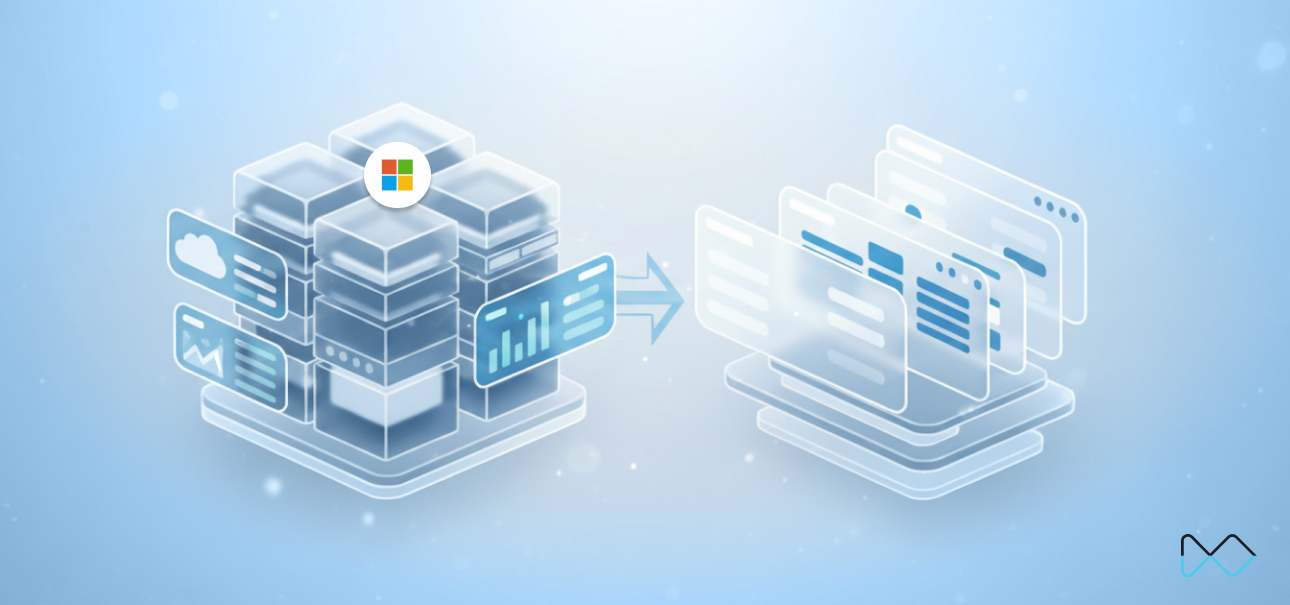The life cycle of a product is broken into four stages—introduction, growth, maturity, and decline.
The Product Life Cycle is a management concept that describes product behavior from the time it was introduced in the market till it got withdrawn. The marketing and sales strategies used to promote the product vary with the stages. The stages of the product cycle are:
- Introduction : High marketing investments are needed when the product is launched. The sales would slowly be building up as the product needs to be trusted by the customers.
- Growth : At this stage, the product is slowly capturing the market, and revenue is increasing.
- Maturity : When the product has captured the market and generates maximum revenue, we say it is at the maturity stage.
- Decline : A business would never want its products to be in this phase. But withdrawing the products from the market before it starts incurring unaffordable losses is necessary.
The dashboard tracks the key parameters in the product journey. It has two tabs; The first tab tries to understand the customer interaction with the product, and the second tab concentrates on the growth stages of the product.
Product Purchase Report
This dashboard tries to analyze the product–customer relationship. It looks into the products that are bought after the customer is acquired. For example, in the Acquisition product Vs. next product visualization, the first bar shows the acquisition product, and the remaining bars shows the next purchases.
| Goals | Questions to ask | Dashboard views |
|---|---|---|
|
To identify next purchase after customer acquisition |
Which product is bought by the maximum number of customers who bought ”ABC” as their first product? |
Acquisition product Vs. Next Product |
|
To understand the product popularity |
Which are the top-selling products in the second purchase by the customers? |
Top 5 products after 1st purchase |
|
Which product was bought by the maximum number of customers who went for a second purchase? |
Customers on second purchase |
Product Cycle Dashboard
In this dashboard, we follow a stage-based approach rather than a product-based approach, so that the business can plan similar strategies for all the products under the same stage.
The dashboard gives the users a choice between the stages – Introduction, Growth, Maturity, and Decline. For example, on choosing introduction, details of all the products of the brand in the introduction stage will be shown.
| Goals | Questions to ask | Dashboard views |
|---|---|---|
|
To track stage-wise contribution to Sales |
How is the sales varying with time? |
Sales Vs. Time |
|
To identify products that need attention |
Which are the top non-performing (performing) products in the selected stage? |
Top Non-/performing products |
|
Assess the current promotional strategy |
How is the audience's interest in the selected product changing with time? |
Interest over time |
|
To assess the scope of repeat purchases |
What percentage of customers return to purchase the selected product for the nth time in 20-30 days? |
Repurchase of the same product by Interval |

- Often businesses lose customers after their first purchase. Understanding what they would prefer to buy next and designing marketing plans accordingly could both increase revenue and retain customers.
- The aim of the business would be to bring all its products under growth/maturity stage. Identifying the top non-performing products would urge the business to focus more on them to prevent them from falling into a decline phase. Moreover, stage-wise marketing plans could include elements to promote them better than other products.
- Tracking customer interest on a product over time is important. If there is a dip in customer interests, measures can be taken to promote the product further. Dip in customer interest can also be due to bad reviews, which also needs to be rectified.
Conclusion
Understanding the products, the revenue generated by them and the customer interaction with them could help the business plan more accurately for the future. The insights from this dashboard helps the business to decide on which products to focus and how to allocate the budget accordingly.





